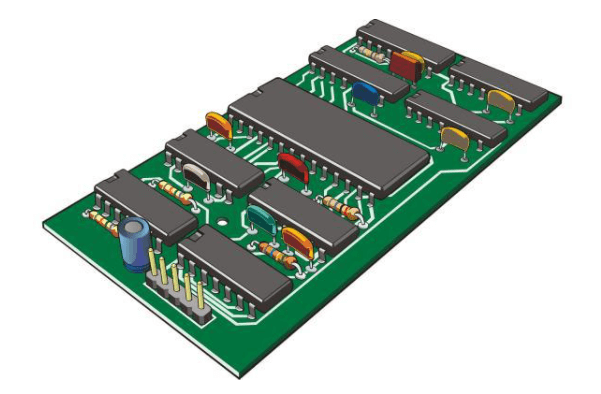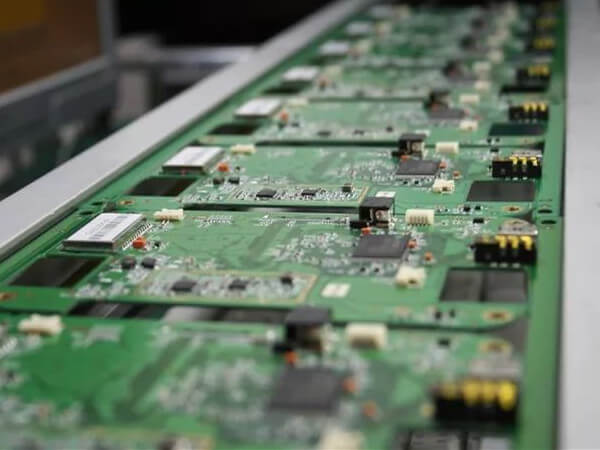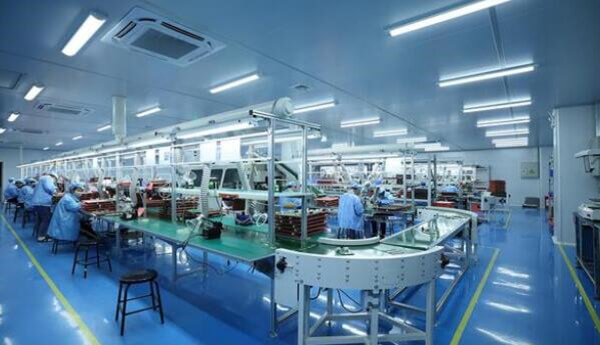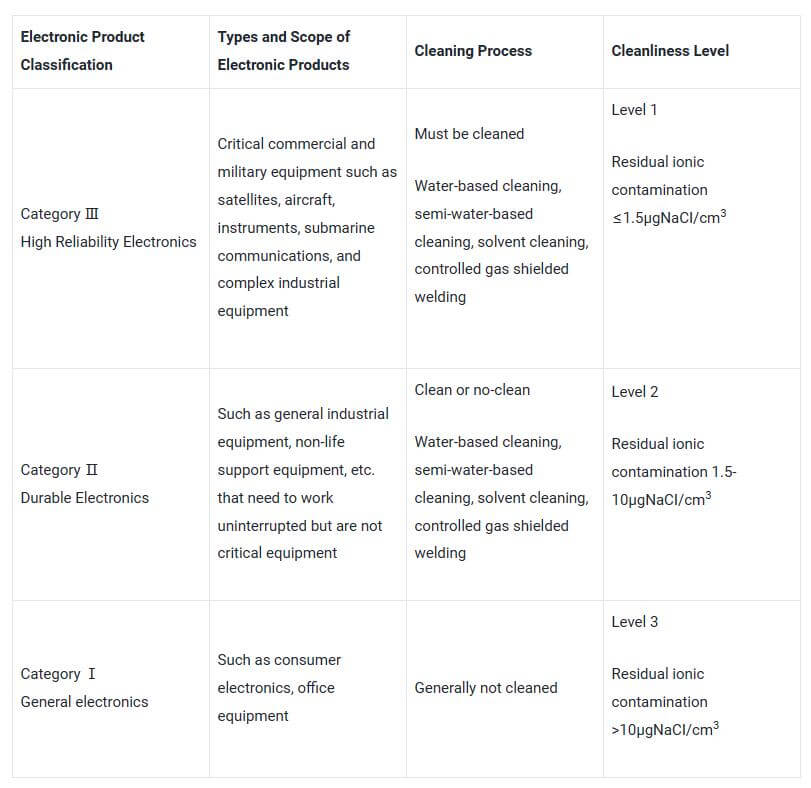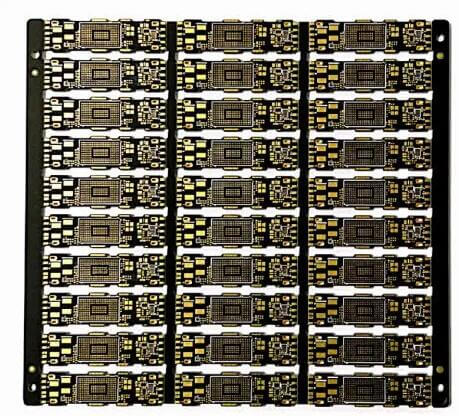The basic concept of the rigid-flex PCB board has been proposed in the patent at the beginning of this century. In 1947, the American Aviation Administration and the American Bureau of Standards initiated the first technical seminar on printed circuits. At that time, 26 different printed circuits manufacturing methods were listed. It is summarized into six categories: coating method, spraying method, chemical deposition method, vacuum evaporation method, molding method and powder compaction method.
At that time, these methods failed to achieve large-scale industrial production. Until the early 1950s, due to the problem of adhesion between copper foil and laminate, the performance of copper clad laminate was stable and reliable, and large-scale industrial production was realized. The etching method has become the mainstream of printed board manufacturing technology and has been developed to this day. In the 1960s, large-scale production of double-sided and multi-layer printed boards with hole metallization was achieved.
The rapid development of large-scale integrated circuits and electronic computers in the 1970s. The rapid development of representative surface mounting technology in the 1980s and multi-chip assembly technology in the 1990s, which promoted the continuous progress of printed circuit board production technology. A batch of new materials, equipment and test instruments have emerged one after another. The production of printed circuits is further developed in the direction of high-density, thin-wire, multi-layer, high-reliability, low-cost, and automated continuous production.
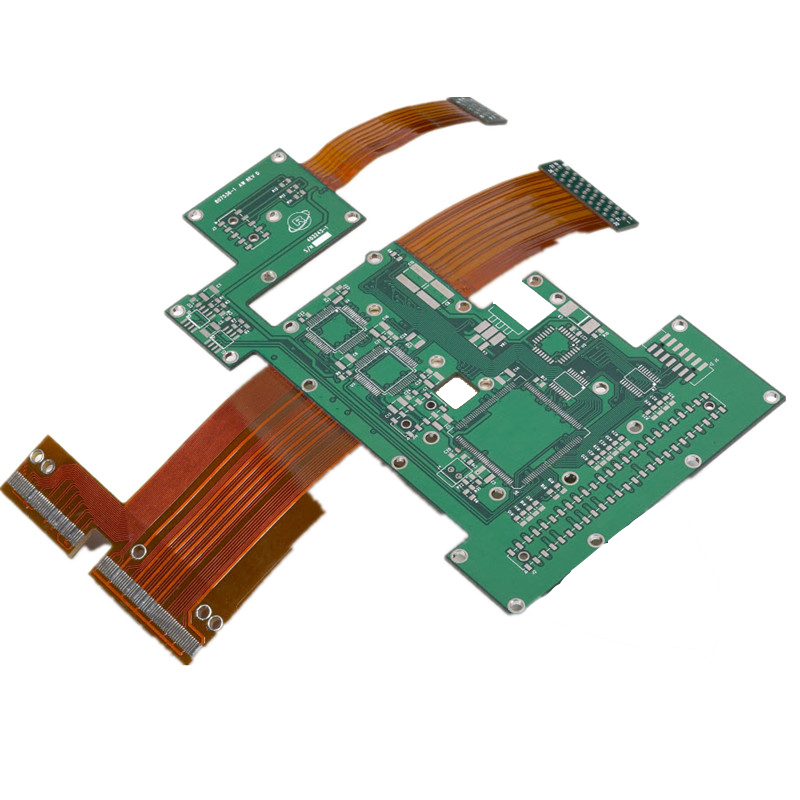
Printed Circuit Board Development in China
China started the development of single-sided printed boards in the mid-1950s. It is first used in semiconductor radios. In the mid-1960s, the foil-clad laminate substrate was developed independently, making copper foil etching the dominant process in China’s PCB production. In the 1960s, it was able to produce single-sided boards in large quantities, and in small quantities to produce double-sided metallized hole printing, and began to develop multilayer boards in a few units.
In the 1970s, the pattern electroplating and etching process was promoted in China, but due to various interferences, the special materials and equipment for printed circuits did not keep up in time, and the overall production technology level lags behind the advanced level of foreign countries. In the 1980s, due to the reform and opening-up policy, not only introduced single-sided, double-sided, and multi-layer printed circuit board production lines with the advanced level of foreign countries in the 1980s, but also after more than ten years of digestion and absorption, more Quickly improve the technical level of printed circuit production in China.
Since 1990, foreign PCB manufacturers in Hong Kong, Taiwan and Japan have come to China to set up joint ventures or wholly-owned factories, which has caused a rapid increase in China’s PCB production output and rapid development. In 1995, the National Printed Rigid and Rigid Circuit Industry Association conducted a nationwide survey. A total of 459 printed circuit board manufacturers were surveyed across the country, including 128 state-owned enterprises, 125 collective enterprises, 86 joint ventures, and private enterprises. 22 and 98 foreign-funded enterprises.
The total output of printed boards has reached 16.56 million square meters, including 3.62 million square meters for double-sided boards and 1.24 million square meters for multi-layer boards, and total sales of 9 billion yuan (approximately US$1.1 billion). According to data from the American IPC Association, China(including Hong Kong) had printed circuit sales of US$1.17 billion in 1994, accounting for 5.5% of the world’s total and ranking fourth in the world. In terms of production technology, due to the introduction of a large number of foreign advanced equipment and advanced The production technology has greatly shortened the gap with foreign countries and made great progress.

